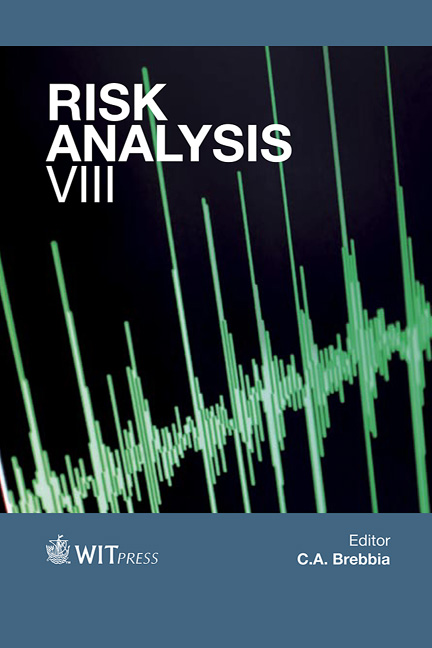Flood Risk Assessment With The Implementation Of A Two-dimensional Hydraulic Model In A Floodplain Catchment
Price
Free (open access)
Volume
44
Pages
10
Page Range
153 - 162
Published
2012
Size
1,370 kb
Paper DOI
10.2495/RISK120141
Copyright
WIT Press
Author(s)
Z. Alsaqqaf & H. Zhang
Abstract
This study develops a flood risk assessment method using a temporal analysis of hydraulic data of a floodplain catchment in extreme weather event. The research includes two phases. In Phase 1: a 2-dimensional hydraulic model in the lower Nerang River on the Gold Coast, Australia is established, which provides accurate estimations of the water level and flow. Then, in Phase 2, a risk assessment model is developed to evaluate the risk due to the floods. The risk model consists of four indices: Vulnerability (β), Reliability (α), Resiliency (γ) and Flood Risk Index (FRI). These indices have the capability of representing the hydraulic system’s behaviour from the risk incurred. Ultimately, the risk assessment will enhance the decision making process to achieve a sustainable and more resilient infrastructure, as well as give implications on the optimization of engineering planning and design. Keywords: flood risk assessment, hydraulic simulation, vulnerability, reliability, residency.
Keywords
Keywords: flood risk assessment, hydraulic simulation, vulnerability, reliability, residency





